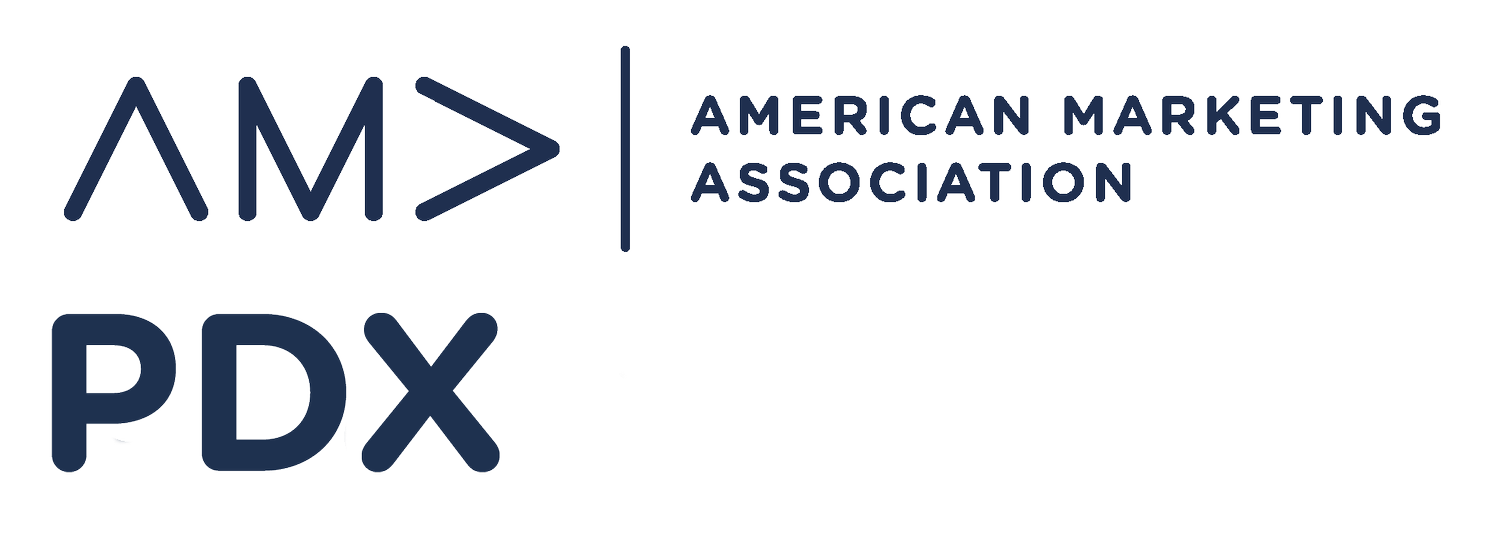DEI Tools for Marketers and Communicators
By Catherine Van, AMA PDX VP of DEI
I had the opportunity to attend the 2023 DEI for Marketers & Communicators Summit in August. This half-day virtual conference was organized by The Diversity Movement (TDM), a business management consulting company that helps businesses advance their DEI initiatives and an AMA partner. This event aimed to equip marketing professionals with the tools needed to develop inclusive marketing campaigns, covering foundational topics like bias and inclusive language and diving deep into developing campaigns that resonate with audiences.
I attended the event so you don’t have to. Here are the key information and tools that are essential for marketers and communicators:
Inclusive Language
Inclusion is a business imperative. The purchasing power in diverse segments continues to grow.
Women make up 89% of household buying decisions worldwide
LGBTQIA2S+ is the fastest-growing segment in the U.S.
Racially and ethnically diverse segments increased by over 100% in the last two decades
People with disabilities make up the third-largest demographic in advertising
64% of consumers consider making a purchase after seeing diverse advertisements
Up to 120 million people in the U.S. don’t see themselves in ads
Being a welcoming and inclusive organization means consciously working to find ways to name, honor, and value experiences and identities.
Rules of Inclusive Language:
Put people first
Use universal phrases
Recognize the impact of mental health language
Use gender-neutral language
Be thoughtful about the imagery you use
Ask if you aren’t sure!
| Say This | Not This |
|---|---|
| Person with a disability People with disabilities A person who uses leg braces, etc. | Handicapped/Disabled/Crippled Sufferers from/Invalid/Deformed |
| Accessible Parking Parking for people with disabilities | Handicap Parking |
| Transgender | Transgendered |
| Pronouns | Preferred Pronouns |
| You all | You guys |
| Fan of | Addicted/Like crack |
| I'm hungry | I'm starving |
| I'm short on cash | I'm broke |
| Spouse/partner | Husband/wife |
Using exclusive, insensitive, or discriminatory language can cause harm to an organization, including damaged relationships, alienation, inaccurate perceptions of values and beliefs, diminished productivity, reduced innovation, lower quality problem-solving, and higher turnover rates.
Unconscious Bias
Definition: Learned stereotypes that are automatic, unintentional, deeply ingrained, universal, and able to influence behavior.
Everyone has unconscious bias.
Types of Unconscious Bias:
Affinity - Preference for people that we like or are similar to us
Attribution - Success is due to skills, failure is due to external factors
Beauty - Judging a book by its cover
Confirmation - Favoring evidence that confirms or supports one's prior beliefs or values
Conformation - Conforming to other’s ideas/decisions
Contrast - Comparing and Contrasting people against one another
Gender - Preferences/prejudice toward one gender
Halo & Horns - Focus on particularly good or bad aspects of a person
Ways to Mitigate Bias:
Questions to ask myself
Do I have an automatic feeling or judgment about this person?
Am I being reminded of someone?
What is this person triggering in my background?
Questions to ask others
What makes you say that?
Why do you feel that way?
WAKE UP to Your Biases
Work on identifying your own biases
Address the most prevalent biases
Keep challenging your assumptions and judgments
Examine your network
Use different perspectives and input of data before making decisions
Proactively uncover bias
Social Media
Determine how your brand fits into the conversation
Ask: Where does it make sense for my organization to weigh in on the DEI conversation?
Ask: What is my organization actively doing that we should make our audience aware of? Show don’t tell.
Don’t keep it surface level (e.g., using the Pride logoo during Pride month)
Amplify diverse voices
Make content inclusive
Use #CamelCase in hashtags by capitalizing each word
Use Alt text
Video captions
Consult AP Stylebook and the Inclusive Language Handbook
Does the imagery you use reflect the diversity of customers and stakeholders?
Don’t work in a silo and make sure diverse perspectives are part of the creative process
Before you post anything, anticipate backlash and plan how you will respond
Don’t rely on AI; it’s not inclusive and has biases baked in
Steps to Develop an Inclusive Marketing Strategy
Define your audience
Who are they?
What are their problems?
How will you solve their problems?
Do your research
You’ll want to understand demographics, psychographics, behaviors
Research methods
Focus groups
Survey tools
Personal interviews
Social listening tools
Set your goals
What do you want to achieve?
What questions do you want to answer?
Determine your approach
Use video, omnichannel approach, email drip, text messages
Make sure digital accessibility best practices are followed on each approach used
Craft your message
Incorporate inclusive language
Choose imagery intentionally
No community is a monolith
Use uplifting, positive, visually appealing representations of underrepresented groups
Avoid cultural appropriation
Internal Brand Stance Evaluation – Should I Speak Out on Social Issues?
Is there synergy with our brand? Is it natural for us to talk about?
Is there an issue that is significantly impacting/showing empathy toward:
Our employees, students, faculty, staff
Our customers, members, volunteers
Our vendors and/or partners
Is voice a stance enough? What is our action? Now and ongoing?
Does the issue relate to our DEI guiding principles/current commitments?
If yes, consider BEFORE communicating externally:
Does speaking out significantly hurt brand reputation?
Do the positives outweigh the negatives?
Are we prepared for negative feedback?
Is this the right time to speak out externally? Who is speaking out? Are we one of the firsts? Is this a significant conversation?
What do we risk by not speaking out?
Are we in line with how we operate with this stance?
Brand Stance Evaluation
Where do we fall short?
Are we prepared to change hiring, workplace, supply chain, and brand expression to live a commitment internally and externally?
We hope these guidelines and tools can help you incorporate DEI into your marketing and communications to make your organization more inclusive.

